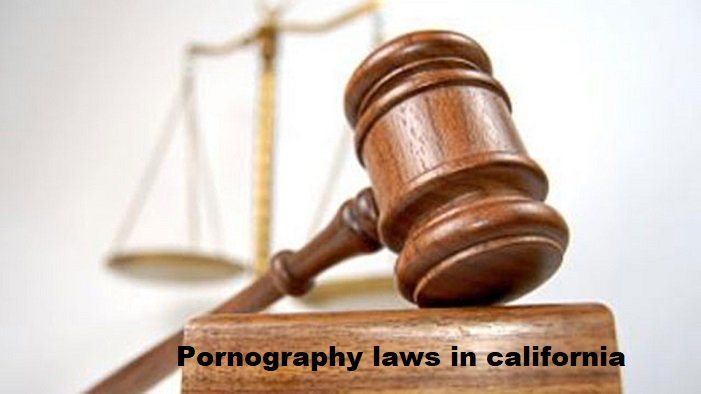California’s Pornography Laws: Know before you search something

Imagine living in a state with a vibrant film industry, but also strict rules around what kind of movies you can watch.
That’s the reality when it comes to pornography laws in California. The Golden State is known for its liberal leanings, but it also has firm regulations in place to protect children and public decency.
So, what exactly are the key points to remember about California’s pornography laws? Let’s break it down.
Obscenity vs. Nudity: Understanding the Legal Landscape
The concept of obscenity is central to California’s pornography laws. Obscene material, in legal terms, generally refers to content that appeals to prurient interests and goes beyond what’s considered socially acceptable. Nudity itself isn’t illegal, but if it’s presented obscenely, it can be.
Here’s a real-life example: A documentary about human sexuality that explores anatomy and reproduction is unlikely to be considered obscene. However, a video depicting violent or exploitative sexual acts would likely cross the line.
California Penal Code 311 defines and outlines the legal restrictions on obscenity. It’s important to note that obscenity laws can be subjective and open to interpretation. What one person finds obscene, another might consider artistic expression.
Protecting Minors: A Top Priority
California’s pornography laws have a zero-tolerance policy when it comes to child exploitation. Possessing, distributing, or producing pornography that depicts a minor is a serious crime, with hefty penalties.
This includes not just physical children, but also computer-generated or animated content that appears to involve a minor.
This focus on protecting children is a cornerstone of California’s approach to pornography laws. It ensures that vulnerable individuals are shielded from exploitation in the pornography industry.
Age Verification and Distribution: Keeping Things Legal
If you’re an adult interested in accessing pornography in California, there are age verification requirements in place. These regulations ensure that only those 18 and over are exposed to adult content.
California’s pornography laws also restrict the distribution of pornography in certain areas. For instance, it might be illegal to sell or display pornography near schools or places of worship.
The Importance of Staying Informed: Laws Can Evolve
California’s pornography laws are constantly evolving to keep pace with technological advancements and societal changes. New methods of distributing pornography might emerge, requiring legal adjustments.
Staying informed about the latest updates to California’s pornography laws is crucial. This can be done by checking government websites or consulting with a legal professional.
In conclusion, California’s pornography laws strike a balance between free speech and public safety. Understanding the legal boundaries around obscenity, child protection, age verification, and distribution is essential for anyone living in or visiting the Golden State. By following these guidelines, you can avoid legal trouble and ensure responsible access to adult content.




